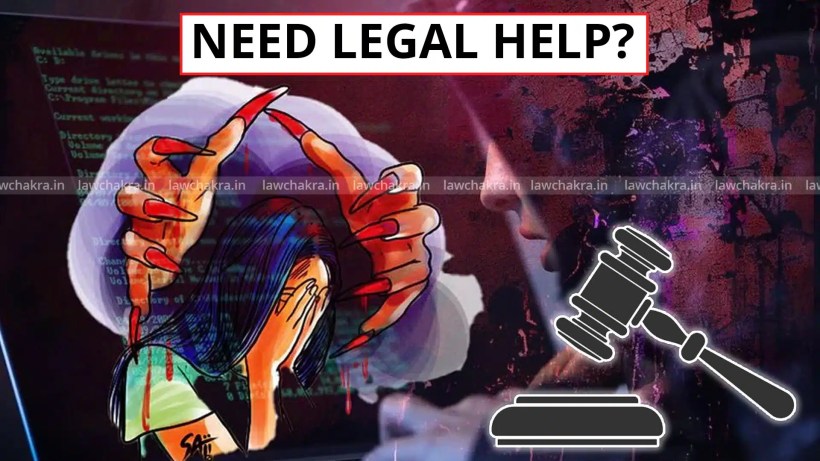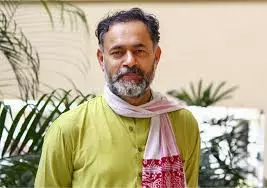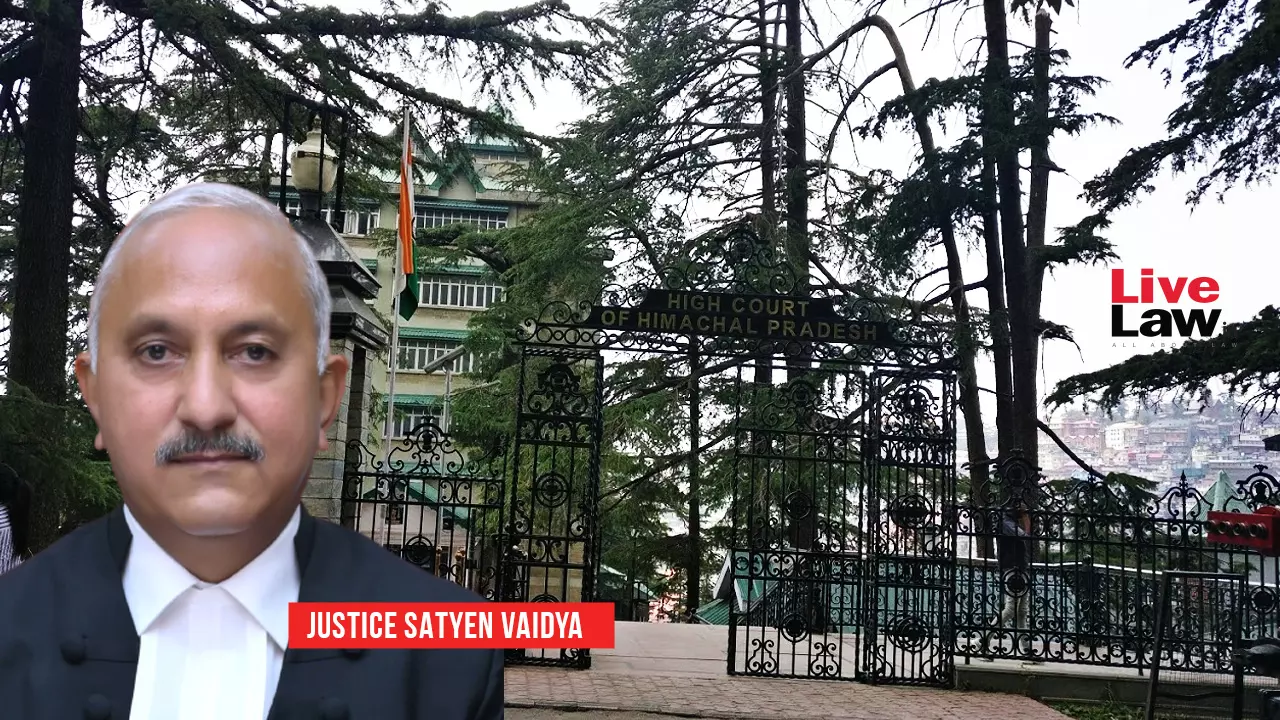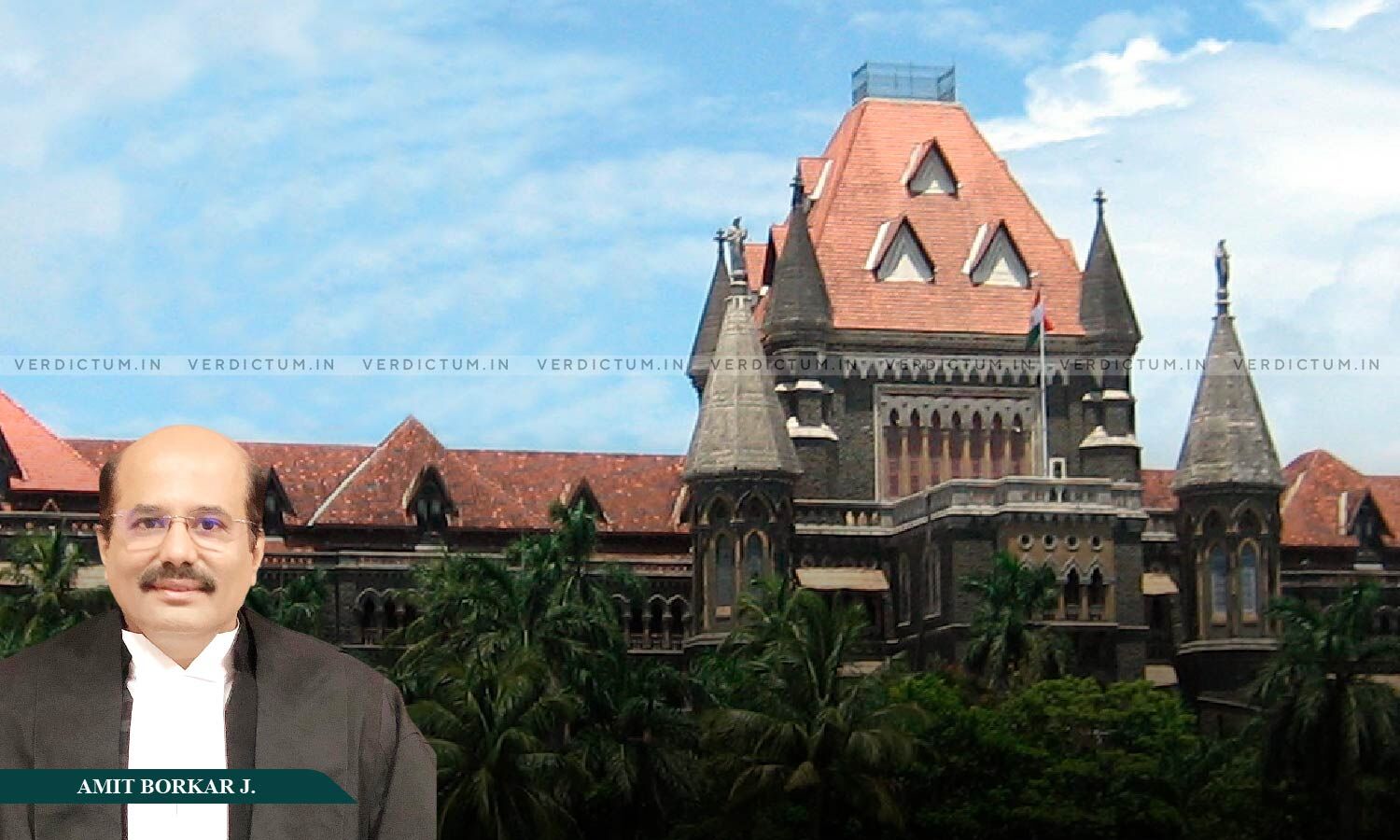Know Your Legal Rights | What To Do If Your Intimate And Private Photos Or Videos Are Leaked Online?

In case your intimate images or movies are leaked on-line, it’s not only a violation, it’s a punishable crime. Know your authorized rights below Indian regulation and take swift motion to guard your privateness, dignity, and future.
Thanks for studying this put up, remember to subscribe!
NEW DELHI: Within the age of smartphones, cloud storage, and social media, privateness is extra susceptible than ever earlier than. One of many gravest violations of private dignity right now is the unauthorized circulation of intimate or non-public images and movies.
Whether or not circulated by a vengeful ex-partner, a hacker, and even an unknown particular person, such acts could cause immense emotional trauma, reputational injury, and psychological misery.
In the event you’re a sufferer of such a violation, it’s essential to know: You aren’t helpless. You may have robust authorized rights and cures out there below Indian regulation.
ALSO READ: Data Privacy Concerns in Dating Apps: Protecting Romance in the Digital Age
Leaking Personal Content material
Leaking non-public content material entails sharing somebody’s intimate images or movies with out their consent. This may occasionally embrace:
- Posting such content material on social media or web sites.
- Forwarding by way of messaging apps like WhatsApp or Telegram
- Utilizing it for blackmail, threats or emotional abuse
- Circulating it to defame, harass or injury somebody’s popularity
Such actions are unlawful and appeal to strict punishment below numerous Indian Legal guidelines.
What to Do Instantly If Your Intimate Content material Is Leaked
Attempt to stay calm. Emotional misery is legitimate, however you want readability to take the subsequent steps legally and digitally.
- Take screenshots of the content material, the URL, any messages acquired, and the platform it was shared on. This documentation is crucial for submitting complaints and getting the content material eliminated.
- Most social media platforms have a “Report” possibility for intimate picture abuse (e.g., Fb, Instagram, Twitter, YouTube). Use these mechanisms to flag the content material for removing.
- File a Cybercrime Criticism:
- You’ll be able to file a grievance on-line on the Nationwide Cybercrime Reporting Portal: www.cybercrime.gov.in
- You may additionally go to your nearest Cyber Cell or police station.
- Ladies and kids can file complaints anonymously via the portal.
- Seek the advice of a Lawyer. A authorized skilled might help you file complaints, search takedown notices, file defamation instances, and declare compensation for damages.
Anybody, not simply the sufferer, can report the sharing of intimate or obscene photos on-line. Such content material will be flagged on the platform or reported to the police. India has a devoted cybercrime helpline (1930) and a web based portal (www.cybercrime.gov.in) for submitting complaints below the “sexually express content material” class.
Complainants can keep nameless however should choose their state for correct case project. They will add proof akin to photos, hyperlinks, paperwork and add particulars like suspect data. Complaints will be filed from anyplace, no matter the place the crime occurred. Victims may request removing or blocking of Non-Consensual Intimate Photographs (NCII) or deepfakes.
Authorized Treatments Obtainable in India
India has a spread of legal guidelines that defend your proper to privateness, dignity, and security towards such digital violations. Listed here are essentially the most related legal guidelines:
Info Expertise Act, 2000
Part 66E – Violation of Privateness
- Publishing or transmitting photos of an individual’s non-public space with out consent is a punishable offense.
- Punishment: As much as 3 years imprisonment and/or advantageous as much as Rs. 2 lakh.
Part 67 – Obscene Content material
- Publishing or transmitting obscene materials electronically.
- Punishment: 3 to five years imprisonment and advantageous as much as Rs. 10 lakh (for repeat offenders).
Part 67A – Sexually Express Content material
- Offers particularly with sexually express photos or movies.
- Punishment: As much as 5 years for the primary offense and 7 years for subsequent offenses and advantageous upto Rs. 10 lakh.
Part 67B – Baby Pornography
- Possessing or transmitting any sexually express content material involving a minor.
- Punishment: As much as 7 years imprisonment and advantageous and advantageous upto Rs. 10 lakh (for repeat offenders)
Part 72 – Breach of Confidentiality and Privateness
- Any one who beneficial properties unauthorized entry to digital data and discloses data.
- Punishment: As much as 2 years imprisonment or advantageous as much as ₹1 lakh.
Indian Penal Code, 1860:
Part 354C – Voyeurism
- Watching or capturing a lady participating in a personal act with out her consent.
- Punishment: 1 to 7 years imprisonment (relying on repeat offense).
Part 354D – Stalking
- Monitoring or following an individual’s on-line exercise with out consent.
- Punishment: Upto 3 years for first offense; 5 years for repeat offense.
Part 499 & 500 – Defamation
- Publishing non-public photos with the intent to hurt somebody’s popularity.
- Punishment: As much as 2 years imprisonment and/or advantageous.
Part 509 – Phrase, Gesture or Act Meant to Insult the Modesty of a Lady
- Applies to feedback, gestures, or messages focusing on ladies.
- Punishment: As much as 3 years imprisonment and/or advantageous.
Bharatiya Nyaya Sanhita, 2023
Part 77 – Voyeurism
- Punishes those that share intimate photos with out consent,
- Punishment: Three to seven years in jail.
Part 294 – Public exhibition of obscene materials.
- Punishment: 2 to five years imprisonment and advantageous Rs. 5,000 to 10,000.
Part 336 – Forgery to break popularity
- Punishment: Upto three years.
Part 351 – Legal intimidation
- Covers threats of blackmail involving intimate content material
- Punishment: Upto two years and a advantageous.
Part 356 – Legal defamation
- Punishment: Upto two years.
Safety of Youngsters from Sexual Offences (POCSO) Act, 2012
- If the sufferer is a minor (under 18 years), the POCSO Act applies.
- Creating, possessing, distributing, or searching youngster pornography is an offense.
- Punishment: Ranges from 3 years to life imprisonment, relying on the offense.
Part 15 – Storage of pornographic materials involving youngster
- Storage of obscene content material involving youngsters with motive to share or industrial commercial, and so on
- Punishment: 3 to five years and 5 to 7 years (for repeat offenders).
Proper to Privateness – A Elementary Proper
In Justice Ok.S. Puttaswamy v. Union of India (2017), the Supreme Courtroom declared the Proper to Privateness as a Elementary Proper below Article 21 of the Structure.
Leaking non-public content material with out consent is a direct violation of this proper and will be challenged constitutionally.
Indecent illustration of Ladies Act, 1986
Part 4 & 6
- publication and circulation of photos containing indecent illustration of girls.
- Punishment: 2 years imprisonment and Rs 2,000 advantageous; for subsequent offenders 6 months to five years and advantageous Rs. 10,000 to 1 lakh
Beneath the IT Guidelines, 2021, all social media platforms will need to have a grievance mechanism to report and block obscene, pretend, or morphed content material. In the event that they fail to behave, victims can search a court-issued takedown order via the investigating officer, directing platforms and engines like google like Google to take away or block entry to particular URLs or photos.
If a platform’s grievance officer doesn’t act inside 30 days, the complainant can escalate the matter to the Grievance Appellate Committee below the Ministry of Electronics and IT (MeitY).
In 2023, the Delhi Excessive Courtroom directed main tech firms to increase their youngster porn detection instruments to additionally observe and block Non-Consensual Intimate Photographs (NCII).
Nonetheless, the rise of Generative AI poses new challenges, morphed or AI-generated content material might go undetected until somebody identifies and studies it manually.
Case Legal guidelines
The Avnish Bajaj case arose from the 2004 DPS MMS scandal, the place an obscene video created by two minors was circulated and listed on the market on Baazee.com (now eBay India).
Though the minors weren’t prosecuted, Avnish Bajaj, the CEO of the platform, was charged below Part 67 of the IT Act, Part 292 IPC, and Part 85 of the IT Act, which offers with the legal responsibility of firm officers.
In Legal Enchantment No. 1483 of 2009, the Supreme Courtroom held {that a} firm should be arraigned as an accused earlier than its administrators or officers will be held vicariously liable.
Since Baazee.com was not made an accused, the Courtroom dominated that
“Bajaj couldn’t be prosecuted in his particular person capability, thereby reinforcing that vicarious legal legal responsibility below the IT Act requires the corporate’s prosecution as a precondition, until legally barred.”
Case Title: AVNISH BAJAJ VERSUS STATE
READ ORDER HERE
It was clubbed with the landmark judgment in Aneeta Hada v. Godfather Travels & Excursions Pvt. Ltd. (2008) 13 SCC 703, and the judgment was delivered by a three-judge bench of the Supreme Courtroom, led by Justice Dipak Misra.
On this case, the Supreme Courtroom handled the necessary query of vicarious legal responsibility of administrators below Part 85 of the IT Act, 2000, and held that an organization should be made an accused earlier than its administrators will be held criminally liable, until legally unattainable.
Case Title: Aneeta Hada v. Godfather Travels & Excursions Pvt. Ltd. (2008) 13 SCC 703
Learn JUDGMENT HERE
Within the Avnish Bajaj case, arising from the notorious DPS MMS scandal the place two minors created and circulated a pornographic video that was later listed on Baazee.com (now eBay India), the Supreme Courtroom held that prosecution of an organization is a prerequisite (sine qua non) earlier than its administrators or officers will be held liable below Part 85 of the Info Expertise Act, 2000.
Since Baazee.com was not made an accused, the Courtroom dominated that Avnish Bajaj, as CEO, couldn’t be prosecuted in his private capability alone until particular particular person culpability was established.
This judgment reaffirmed the precept that vicarious legal legal responsibility below the IT Act can’t be imposed on people with out the corporate being arraigned as an accused, until prevented by a authorized bar.
FOLLOW US ON YOUTUBE FOR MORE LEGAL UPDATES





